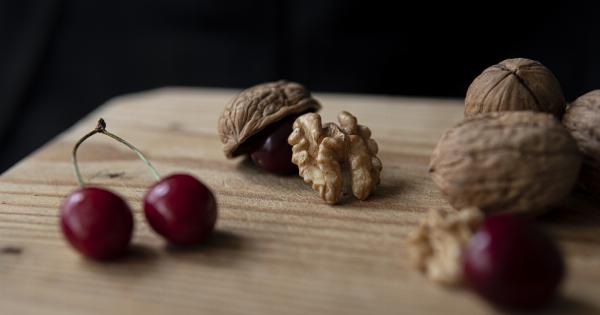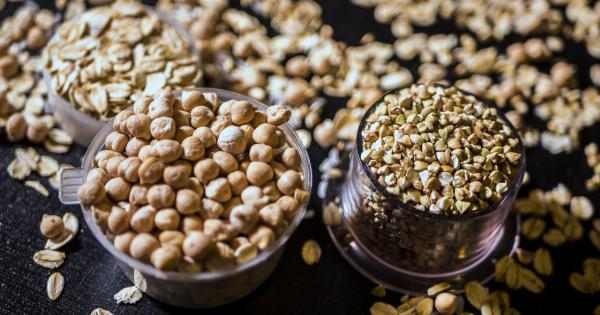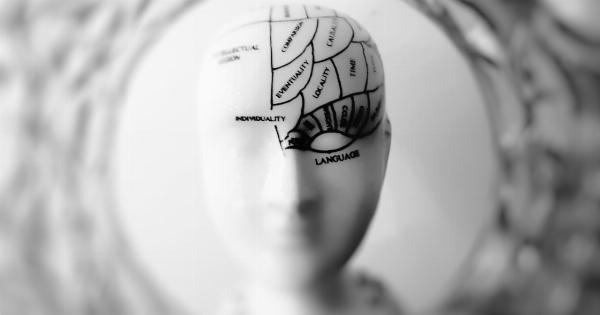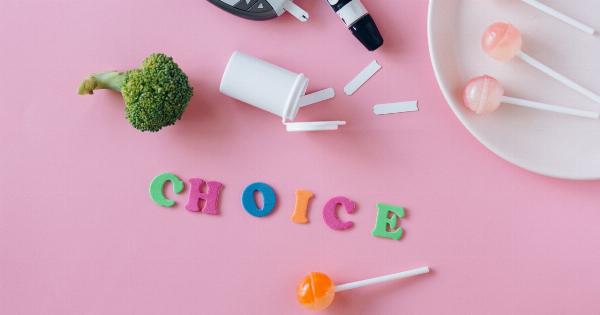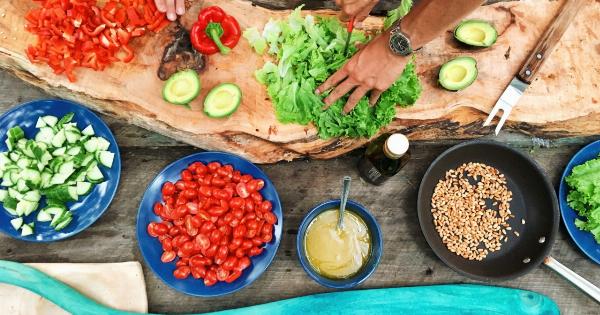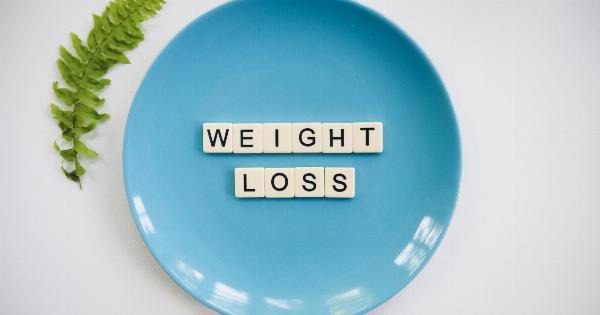Stroke is a serious and life-threatening condition that affects millions of people worldwide. It occurs when the blood supply to the brain is interrupted or reduced, causing brain cells to die.
Lifestyle factors such as diet, exercise, and smoking can increase the risk of stroke. In this article, we will focus on how dietary changes can reduce the likelihood of a stroke.
Eat more fruits and vegetables
Fruits and vegetables are an excellent source of fiber, vitamins, and minerals. They are also low in calories and packed with antioxidants, which help to reduce inflammation and protect the brain from damage.
Studies have shown that people who eat a diet rich in fruits and vegetables have a lower risk of stroke than those who don’t.
Choose whole grains
Whole grains are an excellent source of fiber, which helps to lower cholesterol levels and reduce the risk of heart disease and stroke. Whole grains include whole-wheat bread, brown rice, oatmeal, and quinoa.
Choosing whole grains over refined grains (such as white bread and pasta) can also help to keep blood sugar levels stable.
Reduce salt intake
Excess salt intake can raise blood pressure, which is a major risk factor for stroke. The American Heart Association recommends limiting salt intake to less than 2,300 milligrams per day.
To reduce your salt intake, choose low-sodium foods, and avoid adding salt to your meals. Be cautious of packaged and processed foods, which often contain a lot of salt.
Limit saturated and trans fats
Eating foods high in saturated and trans fats can raise cholesterol levels and increase the risk of heart disease and stroke.
Saturated fats are found in animal products such as meat and dairy, while trans fats are found in processed foods such as cookies, cakes, and fried foods. To limit your intake of these fats, choose lean meats, low-fat dairy products, and opt for healthy fats such as olive oil and avocado.
Choose lean protein
High-fat animal proteins such as red meat and full-fat dairy can raise cholesterol levels and increase the risk of stroke.
Choose lean protein sources such as fish, skinless chicken, and beans, which are lower in saturated fat and higher in beneficial nutrients such as omega-3 fatty acids.
Avoid sugary drinks
Sugary drinks such as soda, juice, and sports drinks can contribute to weight gain and increase the risk of stroke. They contain a lot of calories and are often low in nutrients. Opt for water, unsweetened tea, or low-fat milk instead.
Limit alcohol intake
Excessive alcohol intake can raise blood pressure and increase the risk of stroke. The American Heart Association recommends limiting alcohol intake to one drink per day for women and two drinks per day for men.
One drink is defined as 12 ounces of beer, 5 ounces of wine, or 1.5 ounces of liquor.
Include healthy fats in your diet
Healthy fats such as omega-3 fatty acids can help to reduce inflammation and improve cholesterol levels. Omega-3s are found in fatty fish, such as salmon and sardines, as well as in nuts and seeds such as flaxseed and chia seeds.
Include these foods in your diet to help reduce the risk of stroke.
Avoid processed foods
Processed foods such as fast food, frozen meals, and packaged snacks are often high in calories, unhealthy fats, and sodium. They contribute to weight gain, high blood pressure, and other risk factors for stroke.
Choose whole, unprocessed foods as much as possible.
Conclusion
Reducing the risk of stroke requires a combination of healthy lifestyle habits, including regular exercise, not smoking, and eating a nutritious diet.
By making dietary changes such as eating more fruits and vegetables, choosing whole grains, limiting salt and unhealthy fats, and avoiding sugary drinks and processed foods, you can help to reduce your risk of stroke and improve your overall health.





